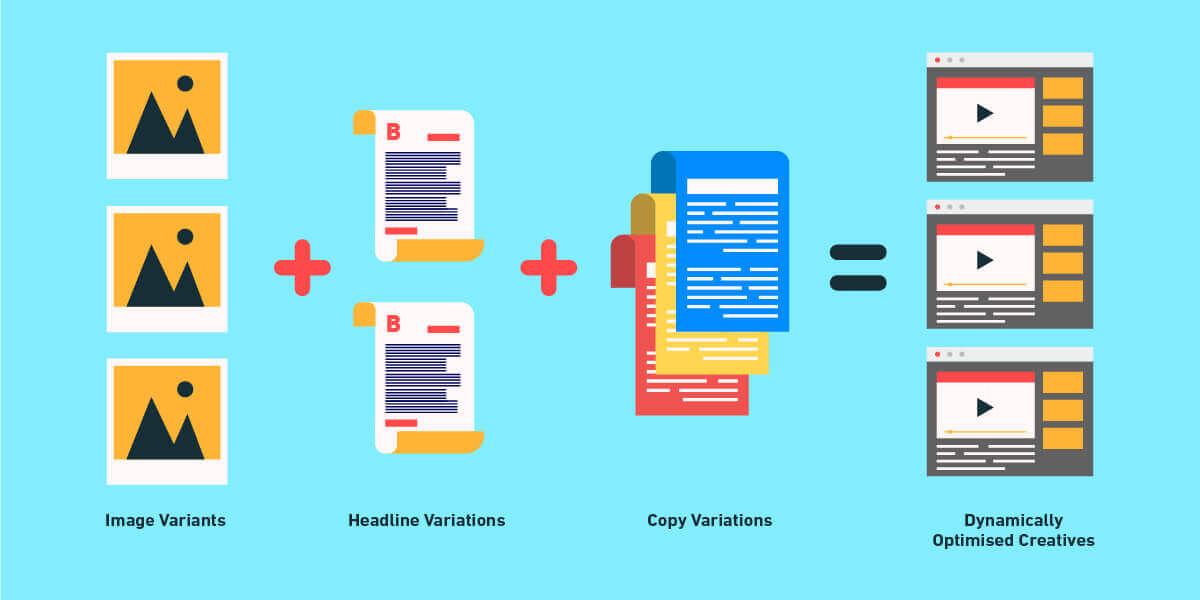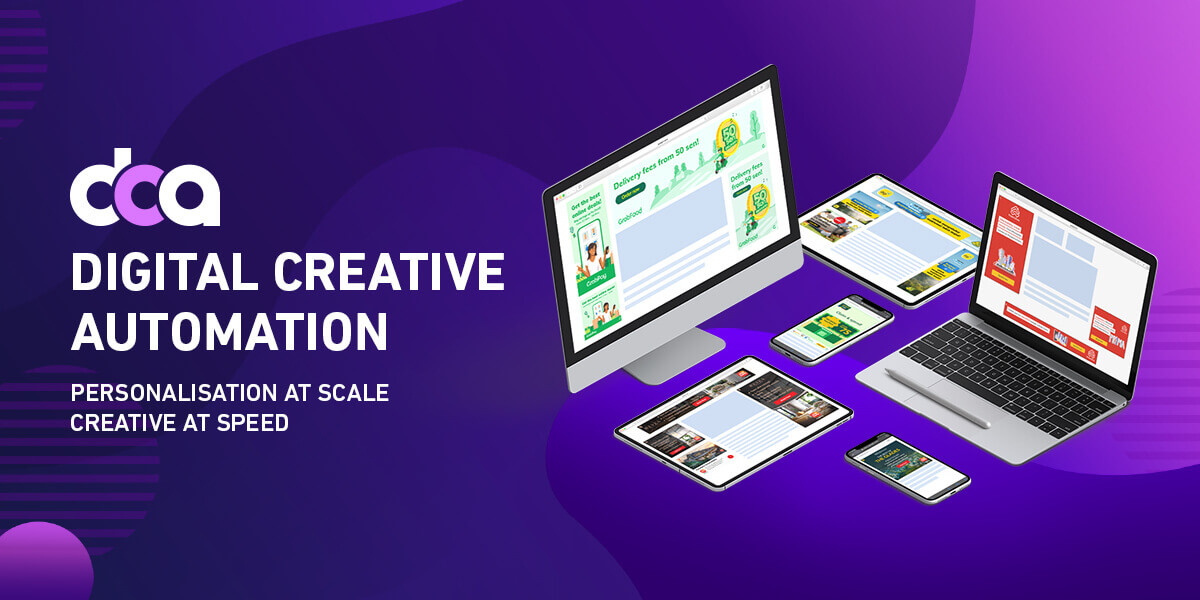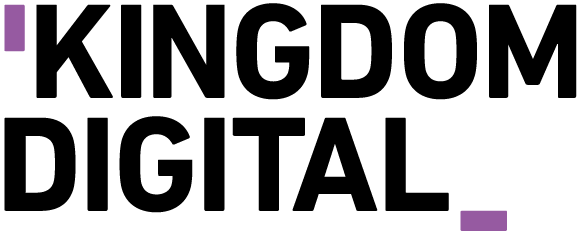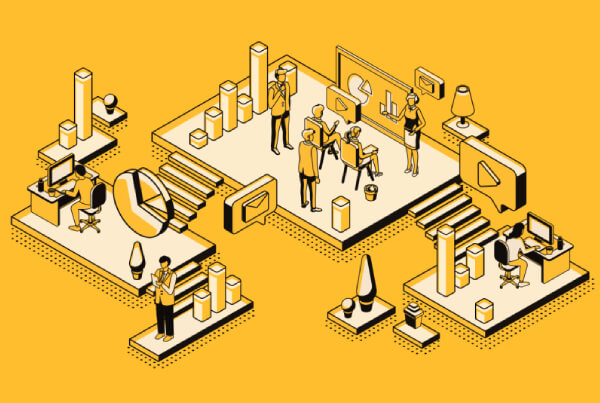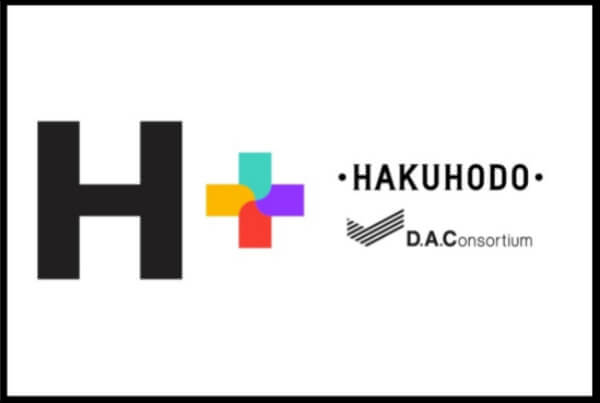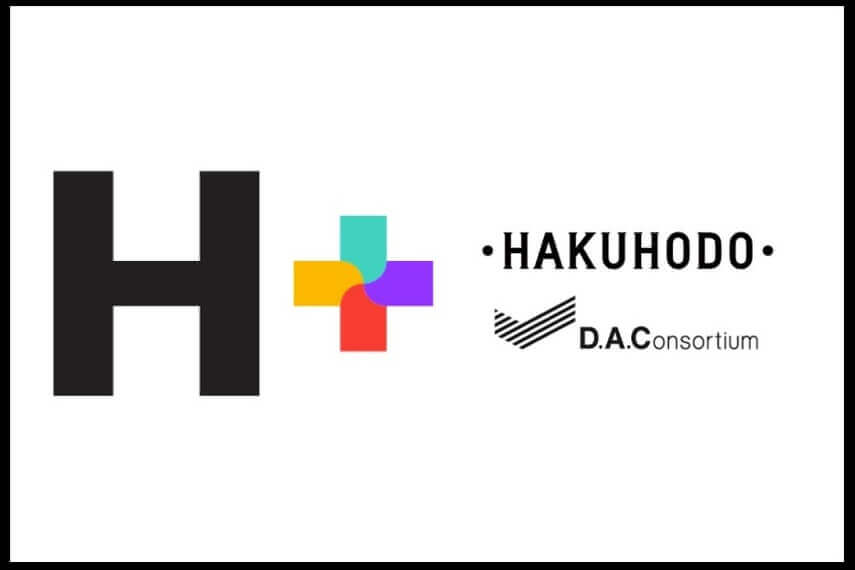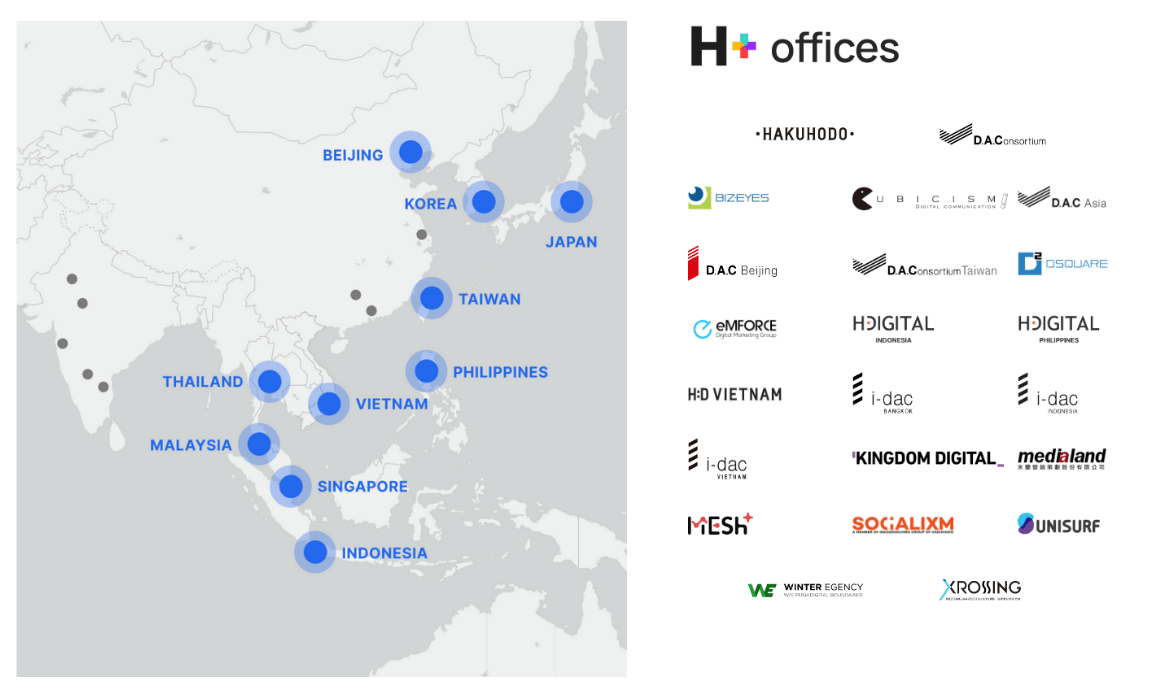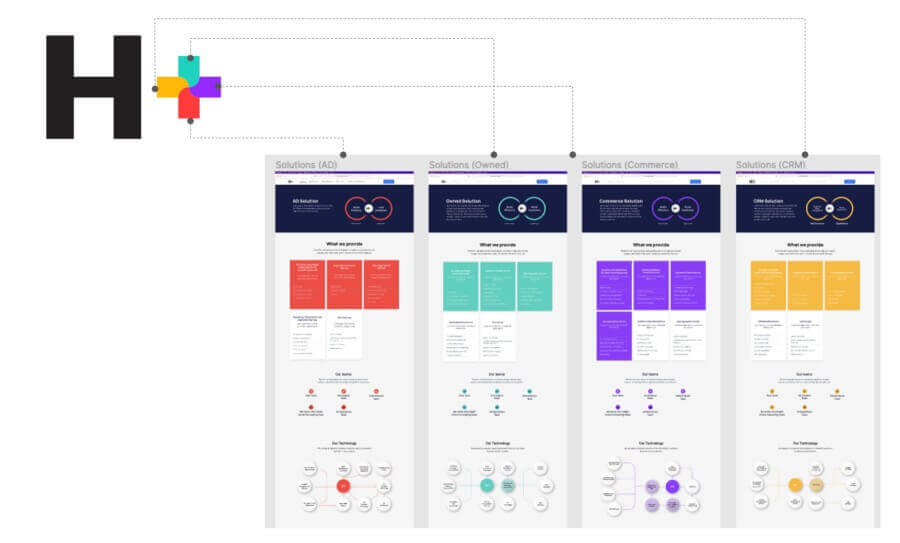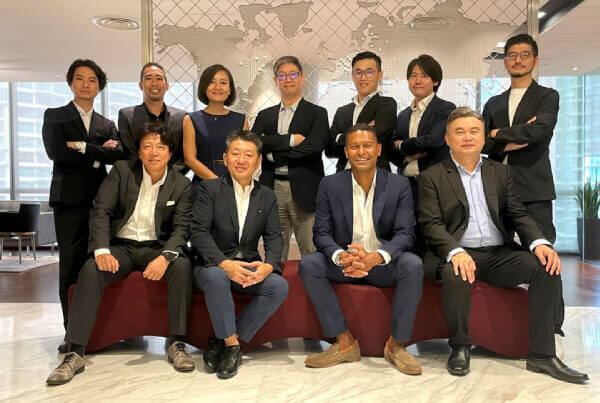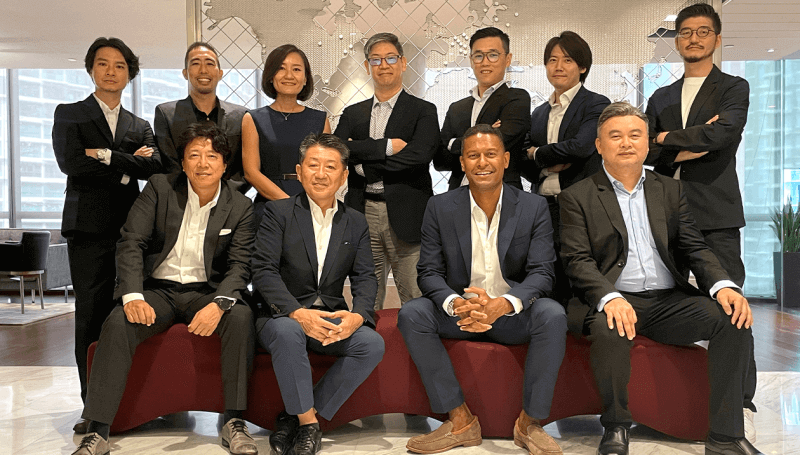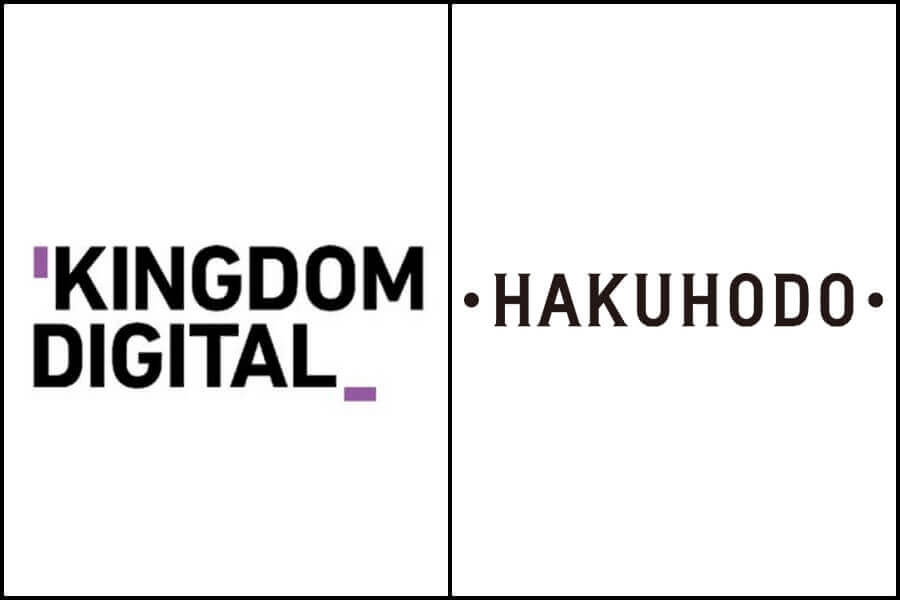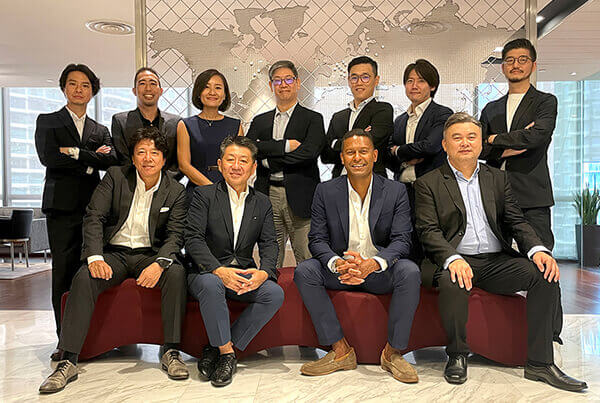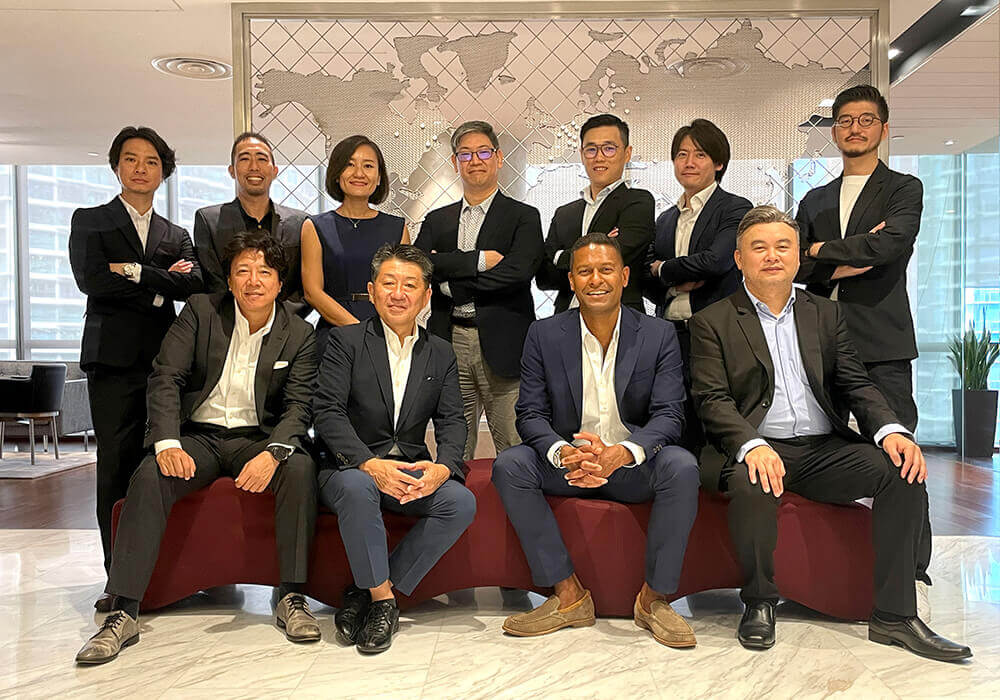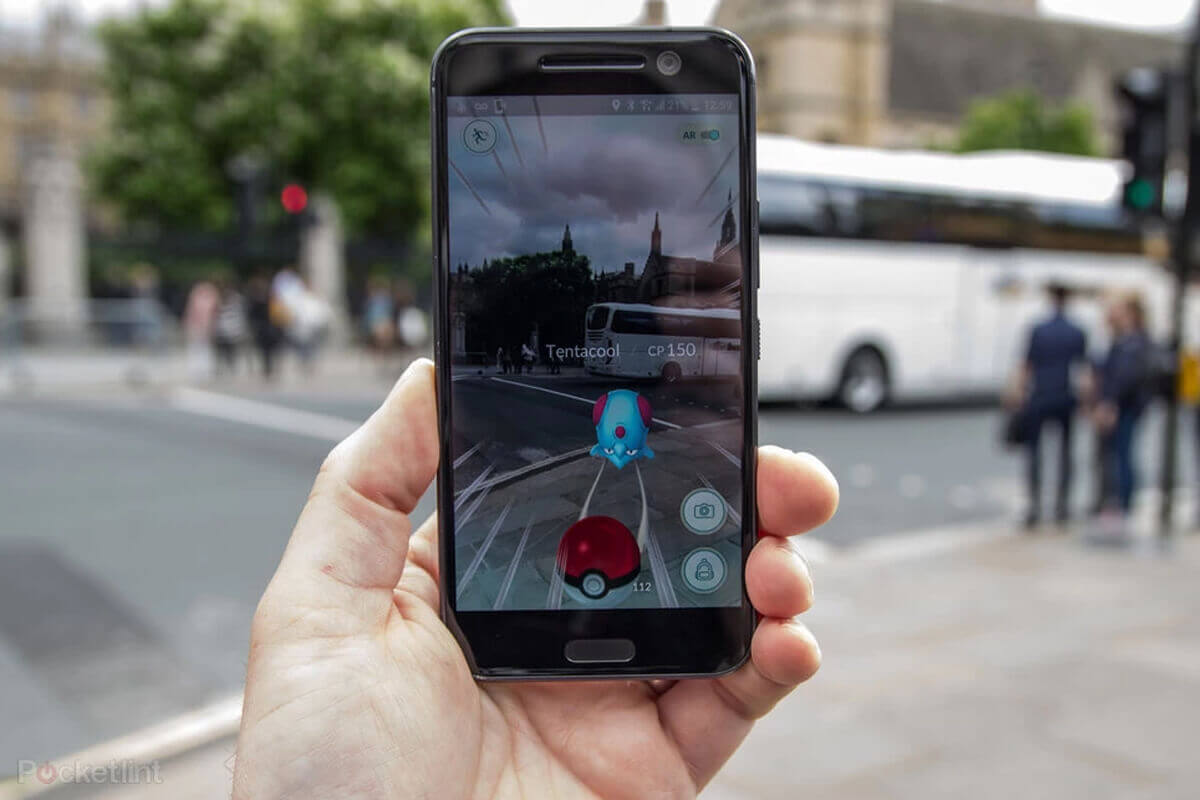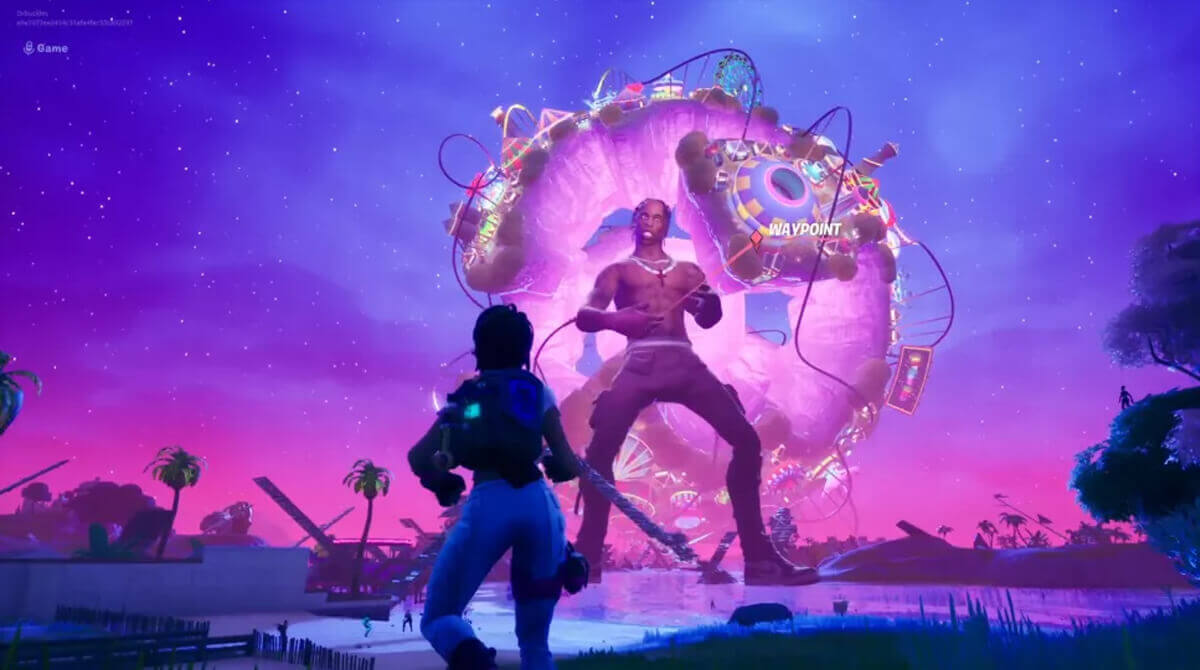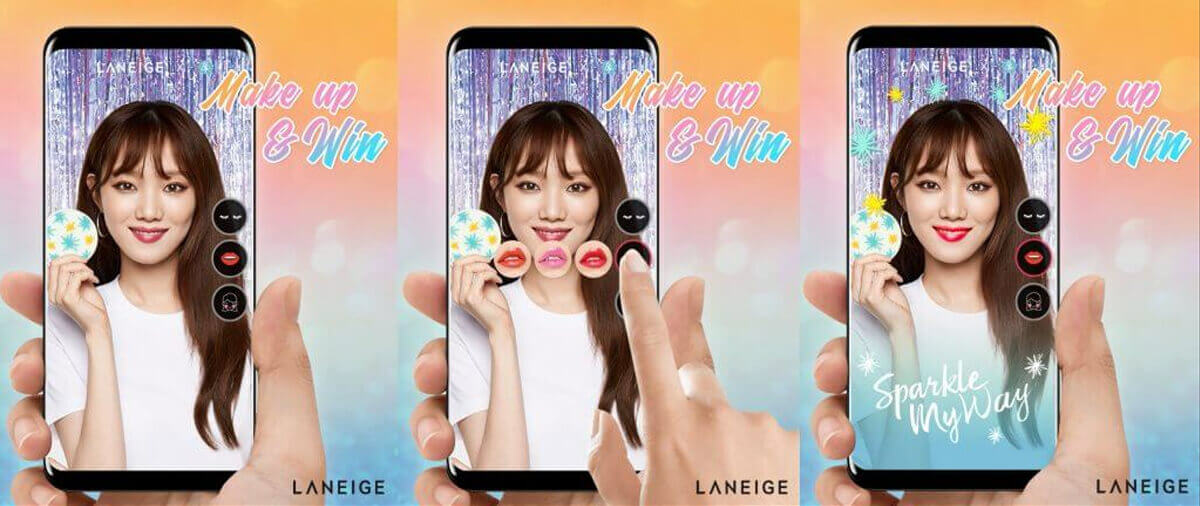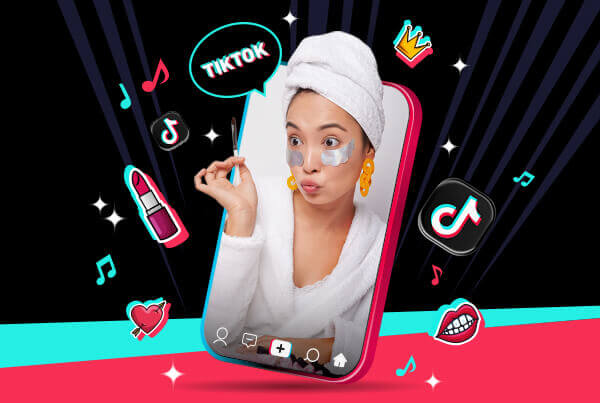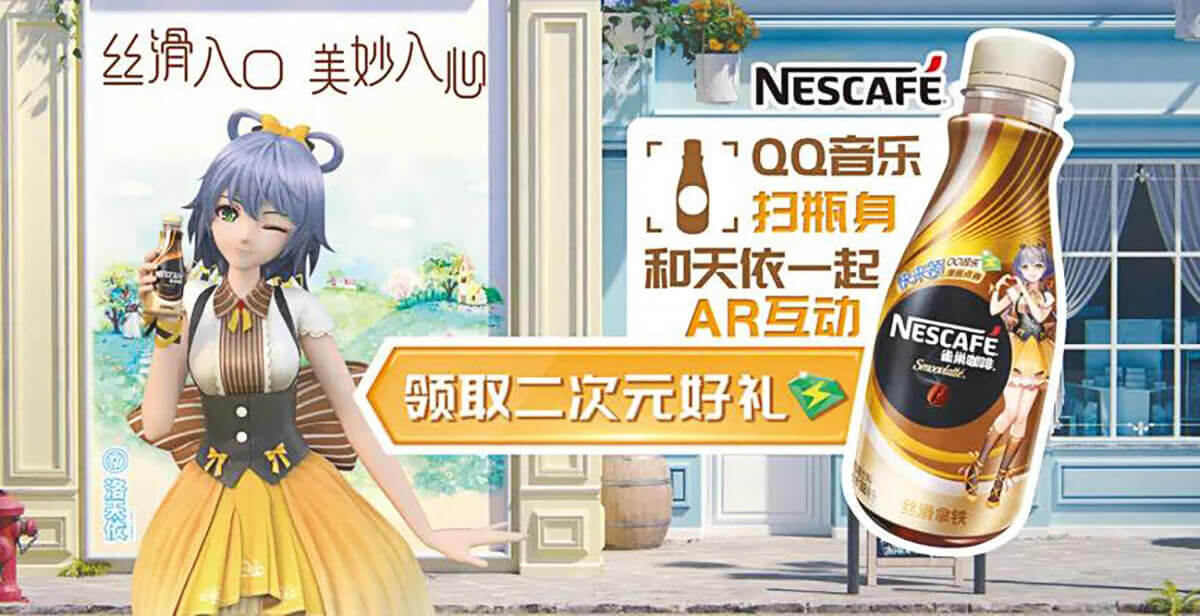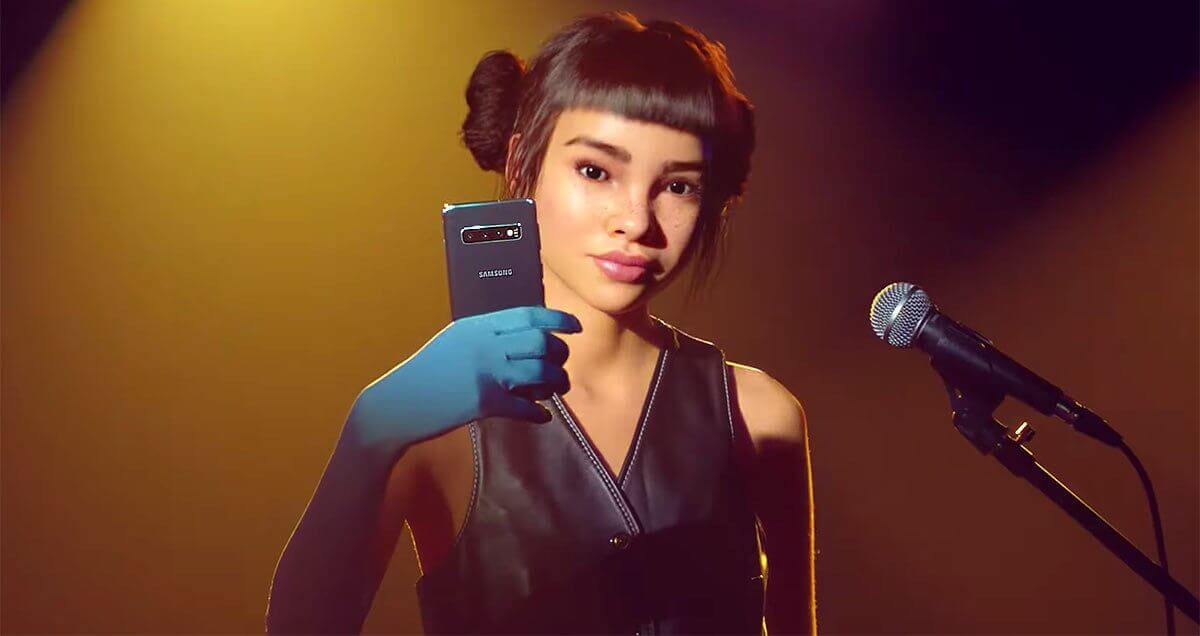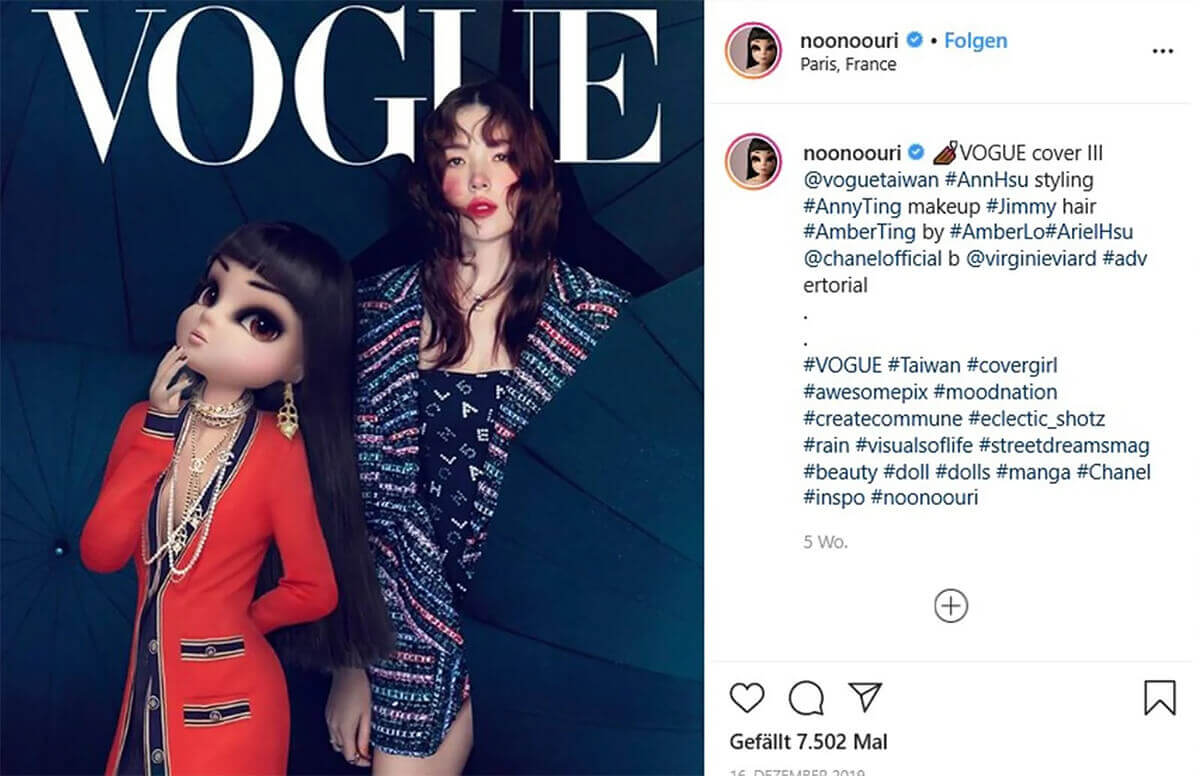Digital customer experiences are now just as important (and sometimes even more so) than in-person experiences in building trusted relationships with brands, said a recent report by Adobe called Adobe 2022 Trust Report. The report found that for 71% of consumers, relevant, personalised content delivered at the right time increases their trust, while 57% of consumers will stop purchasing from a brand that does not provide personal experiences. At the same time, McKinsey’s “The New Digital Age” survey also found that companies will have to build new digital businesses to stay economically viable as they look towards 2023.
Clearly having a digital presence today can make or break a brand. With the speed of change in all things tech and digital, often clients in our part of the world rely on their agency partners to guide and create an elevated experience for their consumers. Hence, agencies that are able to integrate advanced technology with marketing and advertising to produce modern and relevant campaigns are fast becoming one of the most sought after firms.
To find out which agencies excelled in their digital capabilities, the team at A+M turned to our Agency of the Year 2022 Malaysia submissions to find out which were the agencies that managed to leverage innovative digital means to produce thumb-stopping campaigns. Listed alphabetically, these are the top five winners that impressed our independent panel of judges with their modern and smart ways of operation for the Digital Agency of the Year category.
Ampersand Advisory
Established in 2017, Ampersand Advisory specialises in audience insights and segmentation; driving scale and measuring performance; as well as digital audit and optimisation. It offers consulting and data services, digital content services, as well as connections and media services. When the pandemic hit, Ampersand Advisory capitalised on the need for digital solutions that fast engulfed clients seeking to transform their media planning and buying approaches. As such, it was able to appeal to businesses looking to transform, and build a standout presence online.
A notable brand that the agency has worked with is Shiseido, where it developed a unique new media platform development in virtual reality that drove engagement, product sampling, eCommerce and social buzz, the Shiseido Ultimune Virtual Reality.
According to Ampersand Advisory, people are still its greatest assets. As such, the agency ensures that its team is physically, emotionally, and financially protected. For instance, it provided all its staff with large monitors to extend their screens, as they worked from home. Financially, the agency took a firm policy decision to not cut its staff’s salaries, despite the initial fall in revenue and cuts in ad spend in 2020, even giving out bonuses in the next year. Additionally, it offered flexible working hours and removed mandatory check-ins online and offline, ensuring the welfare of its team.
At the same time, as Ampersand Advisory hired more staff, it continued with its digital acceleration programme to train them quickly. Key elements included loose monitoring, media training sessions, rigorous digital training, data analytics workshops, and encouraging its staff to undertake tests and get certified. These initiatives on the manpower front proved effective, as both staff strength and retention grew.
Digitas Malaysia
Touting itself to be a transformation and connected marketing agency, Digitas Malaysia helps clients manage and accelerate growth through first-party data, insights and actions. The connected intelligence empowers brands to create better consumer connections through technology, creativity and smart media across all ecosystem touchpoints. What sets Digitas Malaysia apart from other digital agencies is its core capabilities, where data is at the heart of every work produced. Leveraging technology, Digitas Malaysia pushes boundaries and develops bespoke solutions tailored to each clients’ unique challenges. According to the agency, this has enabled it to deliver personalised and meaningful consumer connections, helping brands fully optimise their customer experiences, delivering clear and measurable ROI.
In addition, Digitas Malaysia establishes strategic partnerships with technology vendors, platforms and content channels to give its clients an additional competitive edge. For instance, its Power of Community Commerce partnership with TikTok enables select clients to take advantage of social commerce, while its close collaboration with Media Prima has resulted in numerous exclusively branded programmes across digital platforms.
Digitas Malaysia explained that its business is all about its people. As such, the agency ensures the welfare of its staff with several initiatives, such as an Employee Assistance Programme, which provides free professional counselling to its staff members through this time of stress and uncertainty. In addition, it financially rewards its team by promoting and rewarding high performing staff members. Not neglecting the technical skillset of its staff, Digitas Malaysia is also committed to digital upskilling, where 50% of all staff has attended enhanced digital skills training via proprietary training courses on Marcel, the Groupe’s global AI collaboration and knowledge platform. Currently, the agency works with brands such as Mercedes-Benz, Prudential, Coca-Cola, Samsung, and Nestlé.
Entropia – part of Accenture Song
Starting out as a media agency with technology at the heart of its services and solutions, Entropia – part of Accenture Song has now evolved to offer a complete suite of services in a crossover of online and offline worlds, such as customer experience design, data consulting, digital transformation solutions, IR 4.0 services, and most recently, demystifying the metaverse for clients.
Its acquisition by Accenture in 2021 opened up new opportunities for the agency’s clients to relook at their integrated brand experience, spanning the entire value chain, including product, pricing, access, communication, and commerce, among others. With a vision to break industry traditions and norms, the agency set out to blend consultancy and agency, paving future-oriented modes of thinking and working, and merging the domains of influence in marketing geared toward the fourth industrial revolution.
Bringing acceleration to its offering, the agency has partnered with various technology ecosystem partners such as AWS (cloud), Sitecore & Adobe (CMS and marketing cloud), Edgeverve, an Infosys company (customer service, distribution network digitisation, and procurement), and Bambuser (experiential commerce) to bring cloud, CX and commerce platforms to the region. In addition to these partnerships, Entropia – part of Accenture Song has also built its own IP in the areas of customer 360 and advanced profiling, predictive marketing and sales analytics, IoT-driven CX measurement and feedback systems. According to the agency, all these platforms have a strong roadmap in tune with the evolving needs of brands in the digital technology space.
On the manpower front, the agency said that it has made new hires proficient in strategy building, creative work, media, social, UX, martech, data, tech, XR, and eCommerce. This can be attributed to how the agency helped its employees adapt with work buddy programmes, and encouraged more open-door conversations. Notable client brands that the agency has worked with include Pepsi, Unilever, Merck, Hartalega, Panasonic Malaysia and Oppo.
FCB SHOUT
FCB SHOUT, previously known as FCB Malaysia, rebranded itself and formed a new holding group five years after an independent buy-out, giving the agency a new lease of life as it became one of Malaysia’s “hottest creative shops”. Its challenger mentality and agile working culture enabled it to hold strong and emerge out of the pandemic stronger and more determined, evident in the significant rise in organic business growth, and a high client retention rate. In fact, FCB SHOUT managed to turn 2021, a year of adversity, into its most profitable year since buying the agency, with more than a 100% rise in profit growth, the agency said.
The agency’s success can be attributed to the creative tools it has at its disposal, due to its affiliation with FCB. Ranging from brand bedrock, which helps define brand purpose; definitive design, to build brand assets; and people and patterns, which humanises data.
To help define brand purpose, which the agency believes it to be a powerful concoction of inspired storytelling and engaging story-doing, FCB SHOUT starts by interrogating the brand’s past, understanding its present and anticipating its future. Once the brand purpose is defined, the team is able to make better decisions more quickly and with more confidence. In addition, FCB SHOUT’s proprietary tool uses data to map behaviours and recognise patterns emerging in the world, both within the category and those that are specific to the business and the brand. With that knowledge, the agency is then able to uncover the most significant opportunities to maximise how and when people engage.
Beyond campaigns, FCB SHOUT also invests heavily in its people – making its staff its priority, and ensuring that jobs were maintained despite the changing circumstances. With its lean operating principles removing all the layers and costs normally associated with a traditional network agency, FCB SHOUT successfully navigated the economic downturn of 2021 without having to implement any salary cuts or retrench any of its people. The agency’s efforts paid off, evident from its success at maintaining staff turnover at 11%. In fact, it even went to great lengths to persist with its training programmes, moving from classrooms to webinar. In addition, when others were downsizing, FCB SHOUT doubled down on talent, and added 10 new hires across all disciplines, ending the year as a 40-strong team.It currently works with notable brands such as RHB Bank, Spritzer, Domino’s Pizza and others.
Kingdom Digital
Established in 2007, Kingdom Digital strives to push the creative boundaries in the work it produces, while still putting relationships first in everything it does. By humanising the way brands present themselves and speak to their customers, the agency creates a relatable, strong and distinct brand personality that customers can relate to, whether it is through social media content or digital campaigns. The agency also follows a “Relationships Matter” core belief which revolves around building pleasant and long-lasting relationships with clients, consumer and brands, as well as co-workers.
Digital creative automation is Kingdom Digital’s bespoke solution to help brands achieve personalisation at scale. This platform-agnostic service has helped clients such as Grab and PropertyGuru save production time, reduce creative man-hour cost, and enter markets faster with hyper-targeted campaigns.
According to Kingdom Digital, teamwork makes the dream work. With more than 45 active direct brands on the roster concurrently, the agency ensures that adequate support is provided to its clients, while ensuring internal resources are kept at optimal efficiency. As such, the agency was actively hiring throughout 2021 to expand the team, despite other organisations having recruitment freezes. In fact, Kingdom Digital made 73 new hires last year.
Beyond simply hiring and expanding the team, the agency ensures that it nurtures its existing employees. From annual performance reviews, a mentoring system between seniors and juniors where juniors are exposed to the best practices, to training, workshops, and masterclasses where its staff are encouraged to participate, Kingdom Digital provides a conducive environment for its team to grow and learn.
With its humanised approach, capable team, and effective technology, the agency has worked with a diverse range of brands from various verticals, including Grab, Digi, Shiseido, Nissan, Hong Leong Bank, and Sime Darby Property. Most recently, the digital creative agency Kingdom Digital was acquired by Hakuhodo to accelerate Kingdom Digital’s expansion in Southeast Asia.

